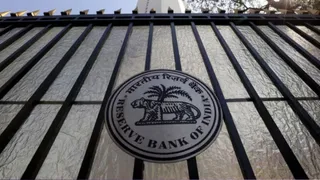The Double Decker Living Root Bridge in Cherrapunji, Meghalaya, India, is a truly remarkable feat of nature and human ingenuity. Unlike other bridges, this isn't built from stone or wood; it's a living, growing structure crafted over centuries by the Khasi people.
Unique Construction: The bridge is formed from the aerial roots of the Ficus elastica tree, carefully trained and woven together over generations. The lower bridge is older and provides structural support for the upper one, creating a double-decker effect. This intricate weaving creates a naturally strong and durable bridge that endures the region's heavy rainfall.
Location and Accessibility: The bridge is located in Nongriat village, accessible by a challenging trek of approximately 3-4 hours from Tyrna village. The hike involves steep stairs and can be physically demanding, but the views and the sight of the bridge itself are well worth the effort.
History and Significance: The bridges are a testament to the ingenuity and close relationship between the Khasi people and their environment. The practice of building living root bridges demonstrates sustainable architecture, working with nature rather than against it. They represent a vital part of the cultural heritage of the region.
Planning Your Visit:
- Best Time to Visit: October to May offers the most pleasant weather.
- Trekking Difficulty: The trek is challenging and requires a good level of fitness. Hire a local guide for assistance.
- Accommodation: Homestays are available in Nongriat village.
- What to Bring: Comfortable walking shoes, rain gear, water, snacks, and insect repellent.
Note: Always respect the local community and environment when visiting this incredible site.
While there isn't one single official website dedicated solely to the Double Decker Living Root Bridge, information can be found through general Meghalaya tourism websites and travel blogs featuring the region. Consider searching for "Meghalaya tourism" or "Nongriat trek" to find more details.






























